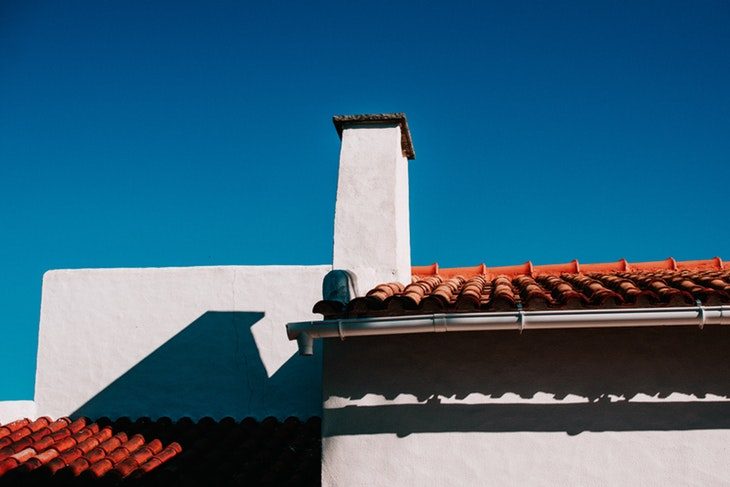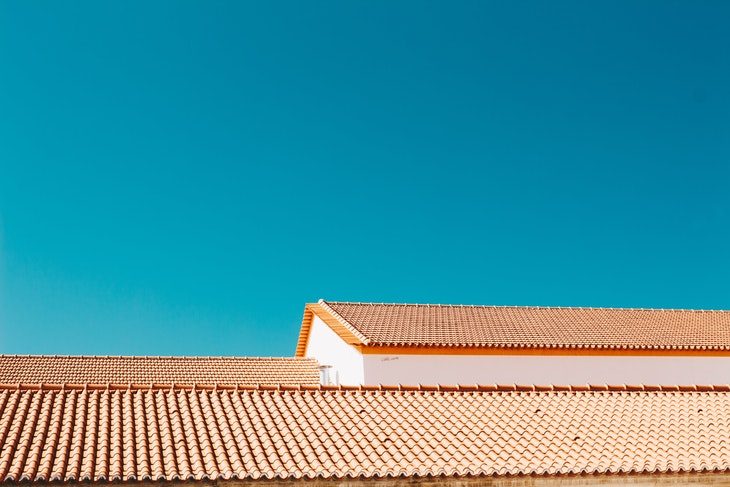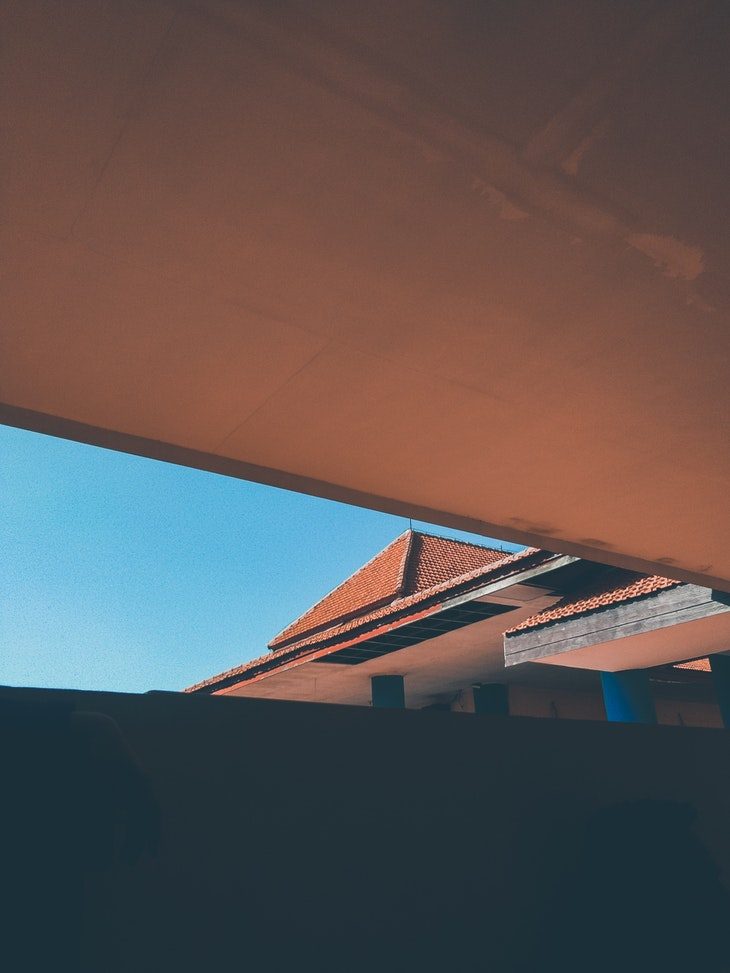
Other than the foundation, the roof is the most important component of a home. It protects the interior from exterior elements, particularly rain and snow. But when your roof needs to be replaced, it usually fails to do its duty.
When your roof starts to deteriorate, it can’t be ignored. It’s a rapid downhill slope that involves further damage. Water can leak or seep into the structure of your home, eventually rotting out the wood and drywall. Suddenly, a minor repair can turn into a major structural restoration!
It’s best to spot the signs that you need a roof replacement before things get too bad. Here are some telltale signs.
Read more after the jump:
1. Ice Dams
”While a line of icicles along a roof might look pretty in the winter, it is the sign of a big problem,” warns Iron River Construction, a firm specializing in exterior restoration. “If your roof is not properly ventilated, heat in your attic can melt the snow that is on your roof. This runs off the roof and into your gutters where it immediately freezes again thanks to the cold air; this is an ice dam.”
Throughout the winter, water will continue to melt and freeze in your gutters, along your flashing, and underneath your shingles, building up dams that will eventually tear apart your roof. The water will then seep into your home and cause major damage.
2. Bald Spots
Stand across the street and look at your roof. Do you see any missing shingles? One or two missing shingles dictates a minor repair—they were probably just blown off during a storm. But several bald spots is a bad sign.
Over time, shingles deteriorate and come away from the glue and nails that were originally holding them down. There’s nothing you can do to repair these shingles, and more will continue to fall off. A replacement here is your only option.
If you decide to repair your bald spots rather than replacing them, know that “it’s just about impossible to get a new shingle to match the color of an old one,” warns Mark Graham, vice president of the National Roofing Contractors Association. “Granule colors have changed pretty significantly over the years. Plus, the colors change slightly with weathering.”
If you don’t mind a few randomly colored shingles on your roof, you might be able to make a few repairs and extend the life of your roof a few more years. However, know this is temporary and not guaranteed.

3. Curling Shingles
As you examine your roof, whether from across the street or from a ladder, you might also see shingles that have buckled or curled. This is the result of Mother Nature’s elements. Rain, wind, and heat can damage your shingles beyond repair.
Curling shingles will also shed granules that will end up in your gutters. Don’t ignore these specks. It’s a sign that your roof is decomposing, and damage to your home’s interior will soon follow.
4. Age
Think back to when your roof was installed. If you weren’t the one to install it, look through your homeownership transactions to see if you can find the date of installation. A roofing contractor may also be able to guess how old your roof is based on the condition.
According to Geoff Willians and Teresa Mears of U.S. News Money, the type of roof you have dictates the number of years it will typically last.
“Slate, copper and tile roofs can last more than 50 years,” they write. “Homeowners with wood shake roofs should expect them to last about 30 years, while fiber cement shingles last about 25 years and asphalt shingle/composition roofs last about 20 years.”
The latter two are the most common roofing materials because they’re durable and affordable, so it’s likely that your roof falls into those categories. When you’re nearing the end of the designated timespan, keep a close eye on the structure. It might be time to install a new roof.
Of course, climate and weather conditions can reduce the lifespan of the unit. Snow, wind, hail, tornadoes, hurricanes, etc. can all put excess wear on it, shortening its life.
Homeowners must do their due diligence to protect their most valuable asset. A bad roof is bad news, and you shouldn’t wait to repair it. Taking care of this update before interior damage sets in will set you up for success for years to come.




